Increasing conversion rates is part of any sales strategy goal. If you have the traffic coming to your website, you need to be able to develop strategies to turn those website visitors into customers.
We’ll give you some helpful tips for making that happen along with other information about conversion rates.
Let’s get started.
What is a good sales conversion rate?
Conversion rate can be a term that gets thrown around loosely. Every business wants to increase its sales conversion rate but what does that exactly mean; what is a good conversion rate?
Conversions rates will vary depending on the company and even the industry. A good conversion rate in a general sense is around 10%, with some of the top-performing companies nearing 11-12%.
Unbounce did a fantastic industry report looking at conversion rates – check out the report here to find out where your industry and conversion rates stack up.
Whether your conversion rate is at the top of 10% or around 5%, you can always find ways to improve your strategies to gain an increase.
How to calculate a sales conversion rate?
To calculate a conversion rate it’s the number of sales divvied by the number of leads. After that has been collected multiply by 100 to get a percentage.
Conversion rate = (number of sales/number of leads)* 100
Let’s look at an example.
If you had 200 sales last month and 800 leads come in, then to calculate the conversion rate would be (200/600)*100 = 25%
Your conversion rate for the month would be 25%
Best sales strategies and practices
Improving conversion rates is always going to be a goal for your business. It’s part of any successful sales strategy.
You’ll have times when things seem stagnant. Sticking with the same strategies isn’t always going to work. There are a number of ways to try new sales tactics and increase conversion rates. But, how?
Here are 14 ways of increasing sales conversion rates.
1. Focus on good leads
A great sales strategy focuses on leads that matter. Leads can be any interest in a company, but the problem with leads is they can be good and bad.
Good leads are people that have a general interest in the company that may be ready to buy and are assets in the sales processes. Bad leads are not all that interested in the company. Good leads can generate sales while bad leads can take up time.
Narrowing down your leads will allow you to focus on the good leads only so you can have an easier time converting. Setting up your lead magnets to ensure good leads are entering the sales funnel will set you up for success.
To narrow down the process asking more questions or setting up more barriers for those bad leads can be simple ways to get good quality leads. It’s much easier for the sales team to sell to someone who is already interested in buying.
Looking to manage your leads? Check out “How to improve your lead management systems“.
2. Build trust
93% of potential customers read reviews online before buying.
Even ask yourself, do you purchase a product online without looking at the reviews or better yet, how do you feel when a product has no reviews?
Asking these questions shows us the value of building trust with our customers. Those reviews and other social proof methods build trust. They give the buyer reasoning and confidence in the product if they have good reviews.
Adding more social proof into the sales process is a great way to increase conversion rates. Having trust with your customers gives them the confidence and comfortableness of buying from you.
Adam Rogers the Senior Content Marketing Manager from Shopify noted “It’s important to remember that trust is a matter of perception and something every business has to earn”.
Businesses have to continually put in the work to build trust. It won’t happen overnight, but it will happen with consistent effort.
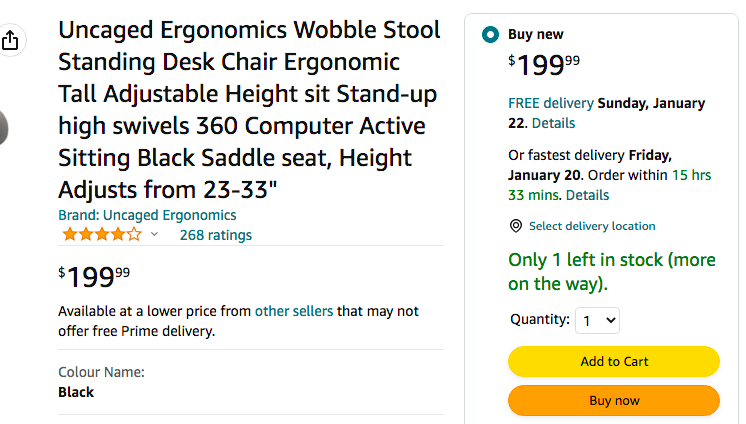
3. Utilize a product demo
Product demos are key to getting your audience to interact with your product. They can see the benefits for themselves and in turn, you can have higher conversion rates.
It can be hard when you have a great product, but no one is interacting with it – this is where a demo can come in. Customers can try your product out and fall in love with it.
These product demos can work in two ways. It can either be like a free trial where customers can experience the product by themselves or it can be a product demo that is led by the company walking the customer through each amazing feature of the product.
Product demos also have another feature for increasing conversion rates and that’s generating leads.
To gain access to a demo customers should have to put in information to gain access. This way you can use that information to help with the demo and continue down the lead process.
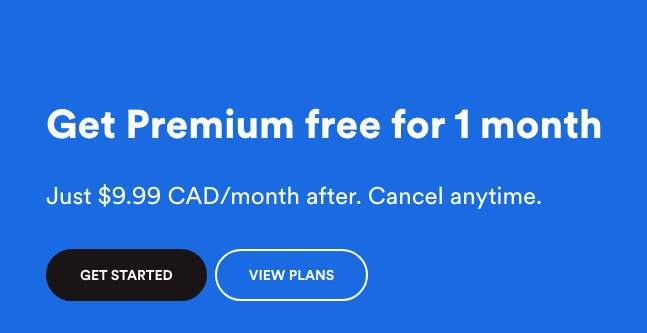
4. CTA matters
Your CTA matters. At any part of your sales funnel, you need to be analyzing your CTA (call to action) if you want to increase conversion rates.
The best CTA’s are highly visible, simple to understand, are placed somewhere with purpose.
That last point is the biggest one. If you’re CTA is not in a position where it makes sense along the sales pipeline, chances are you’ll have lower click-through rates.
Let’s say in this article we added a CTA button exactly right here. It said, “Start my demo with Breadstack”. We can make the assumption that this would barely convert. Why? Because it doesn’t entice the reader to click.
It doesn’t make sense to add a CTA there because we’re not talking about Breadstack anywhere.
Now, let’s say we connected a sales strategy with one of Breadstack’s features and then added a CTA directly supporting that.
It could say “Check out the sales strategy on Breadstack” That CTA would have a much better CTR rate because it relates to the text and makes sense.
These examples can be said for the CTA position of your sales strategies; your CTA needs to make sense to increase conversion rates.
A case study around CTAs by Moz discovered they were able to increase conversion for a client by 245%. Do you know what they did? They made the CTA more convenient for the user.
Even something simple like moving a CTA or allowing better access can yield great results.

5. A/B testing
A/B testing just means testing 2 different situations. Testing for your sales strategy plan to increase conversion rates could mean having two different landing pages, or sales pages.
The marketing team and sales teams can set up 2 different situations you can change individual things about the pages and test which one would convert higher.
Using A/B testing is a fantastic way to increase conversion rates because you can really discover what works for your audience and what doesn’t.
Thomas J. Watson, the former Chairman and CEO of IBM stated “if you want to increase your success rate, double your failure rate”. Businesses can’t be afraid to fail with their testing.
Every time you test you’ll be able to continually learn more about your audience and have better information for the next time you set up a page or campaign.
6. User Experience
A bad user experience will immediately ruin your conversion rates. Users will most likely click off before entering your sales funnel or even wanting to learn more about the product.
A good user experience can ensure customers are continuing to engage your brand until they are ready to convert.
Every step of the customer journey needs to consider user experience in order to see a higher conversion rate.
Understanding what your customer likes, dislikes, pain points, and interest is all things that can help with the user experience. (this is why knowing your target market is so important)
A good user experience process will increase sales conversions. You’ll have customers less likely to click off and offer a welcoming experience from start to finish.
7. Use exit-intent popups
Exit intent popups provide the user with a compelling offer before they leave the page.
To give an example of this, if you’re scrolling a page and then you decide to click exit, you’ll immediately see a pop-up come up before you fully can exit the page – this is an exit-intent pop-up.
These pops ups usually have an amazing offer with incredible value. They also have a great conversion rate. Exit intent popups can save shopping cart abandonment and increase revenue by 30%.
It’s important to note exit intent pop-ups should only be used when a customer hasn’t taken action. If the customer is already through the sales pipeline, it could be annoying and cause the opposite reaction you’re expecting.
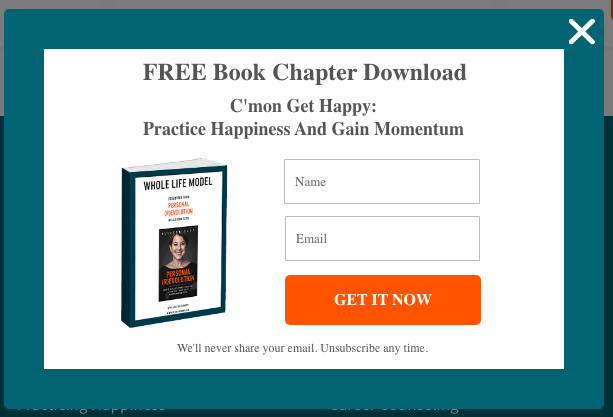
8. Use customer engagement
Customer engagement isn’t to provide excellent customer service, but of course, it helps. It’s when a customer interacts with your business. This could be online or even offline.
An online engagement could be through social media or interacting with the website. In-person, this could be interacting with a sales rep.
Customer engagement builds trust, value, and loyal customers. When a customer interacts with your business, it means they care about your brand.
They’re more likely to make a purchase with the business when they feel a connection. They are no longer just a number making a purchase, they can feel like a valued customer.
Want to learn more about customer engagement? Check out our article “Why Customer Retention is Important?“

9. Utilize promotions and discounts
We all love promotions and discounts. They can provide happiness when our favourite product goes on sale or we have a great coupon code to use. They can become a powerful tool for business owners to increase sales. Promotions and discounts provide 2 things.
They provide the customer with a feeling like they’re getting a deal (which they are) that makes them happy to buy the products. The second thing they provide is scarcity. Scarcity is the feeling that you need to do something because you’ll miss out.
For example, any one-day sale or Black Friday sale can count as using scarcity. Scarcity works for those on the fence about a product or service or just creates that urgency for people to take action.
Check out these other examples of scarcity here.
Promotions and discounts can take away from your bottom line, but they can also drive more revenue with the increase in purchases.
It’s important to note running these promotions and discounts all the time can have the opposite effect.
For businesses that offer constant promotions and discounts customers will take note. It loses value when you offer these all the time.
Create promotions and discounts at the right time to better convert customers. Check out Breadstack Chatso. It lets you offer promotions and discounts in real-time on the chat service.
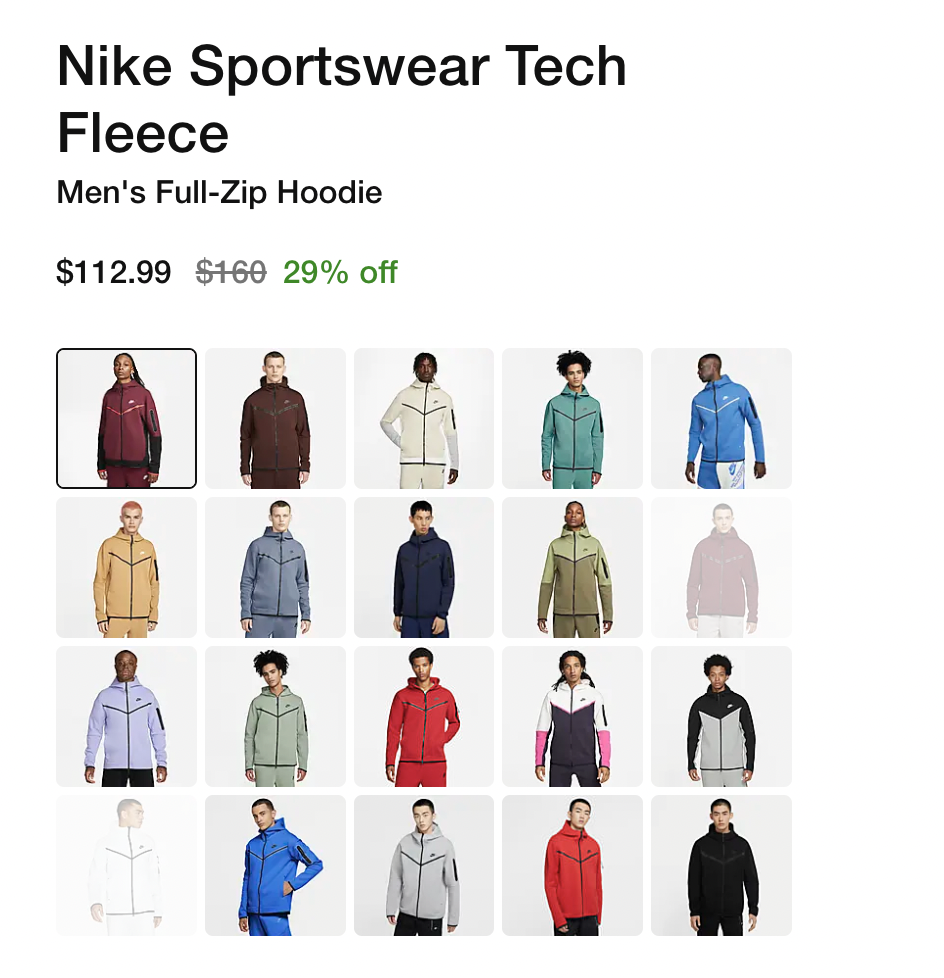
10. Referrals are a powerful tool
Referrals will work for businesses. Sales reps should be using this as part of their sales strategy. A referral is a recommendation from a friend, family or even a colleague. They can be a great way to bring in new customers. Referrals work for everyone.
The business offering a referral gets a new customer. The person mentioning the business usually gets an incentive for doing so, whether it’s a free product or a discount. The person hearing the referral gets a good recommendation.
The best example of a referral strategy is with Hello Fresh. They offer a 25$ credit when someone refers someone they know. That person being referred also gets a free box in the process. It’s a great incentive to tell people about Hello Fresh.
Any type of business can offer referrals. The key to this strategy is to have a proper incentive for clients (existing customers) to speak about your product or service, without it the client may not be thinking about the benefits of telling their friends and family.
A study by the Nielsen group found that referrals and word-of-mouth are the most trusted form of advertising. The second most trusted forms of advertising doesn’t even come close.
Remember referrals aren’t word of mouth. Word of mouth has no incentive for clients to talk about a business.
Referrals are actively trying to get customers to talk about your business. But both hold a key message – Do a great job and tell everyone.
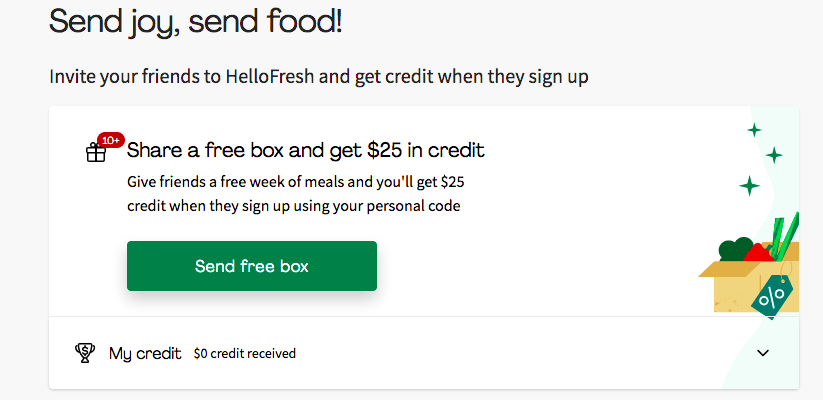
11. Organically upsell
Upsells can have a bad name. This is most likely due to people being upsold items when they simply don’t relate to anything you purchase.
Upsells shouldn’t be seen as a negative. They should be seen as positive. They can actively assist your customer’s experience and create more sales.
Let’s look at an example. DeLonghi makes coffee supplies. It could be coffee machines, espresso machines, filters, accessories and anything else related to coffee DeLonghi has the products.
But DeLonghi doesn’t upsell every product, why? Because it doesn’t make sense. If we look at any espresso machine that comes with a milk frother, they offer an upsell to a pitcher and espresso cups.
Both of these products would be of value to the customer purchasing the espresso machine. They’ll need a pitcher for the milk frother and they may need to have espresso cups. Check out the upsell on their page here – DeLoghni upsell.
This upsell creates a better experience for the customer by offering a product they need and it will improve sales for the business.
Now, on the other hand, if Delonghi offered coffee filters along with this it would be a bad upsell. The customer wouldn’t be able to use the filters for the espresso machine.
It could cause the customer to annoyed and create a bad experience. The right upsell goes a long way.
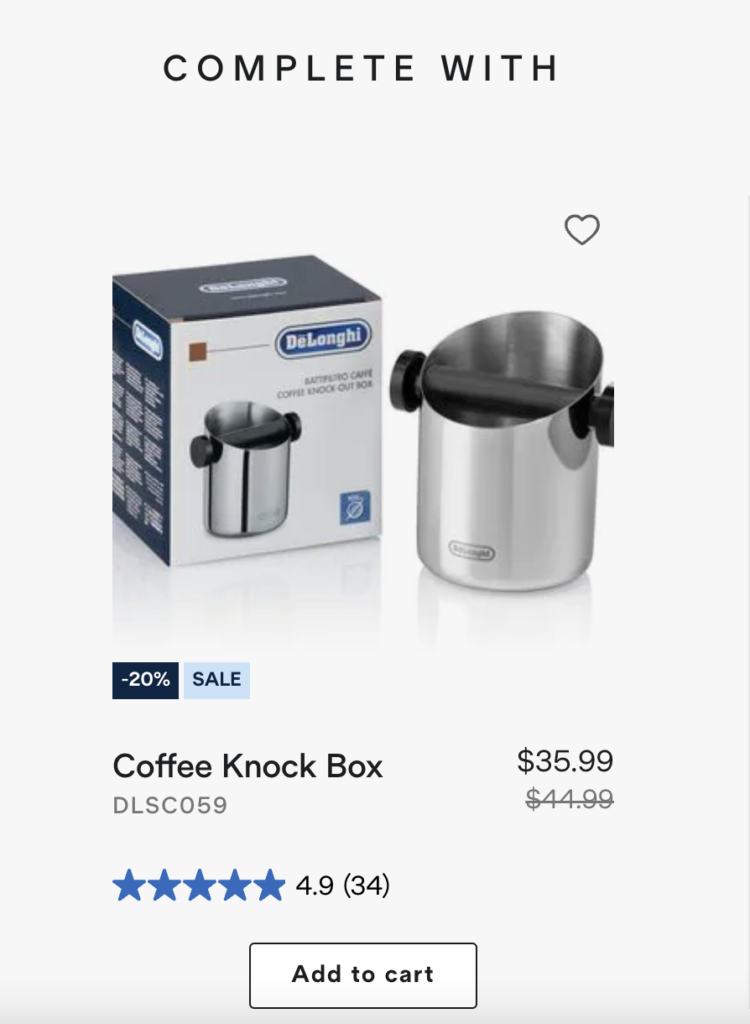
12. It’s a team effort
Each team member of a business can intervene in increasing sales whether that’s online sales or in-person sales.
It’s not always up to the sales team. If you’re a small organization, of course, this looks much different, as individuals can fill multiple roles. But for companies with different departments like customer support, sales, product and marketing all connect to increasing sales.
A bad experience can hinder the business reputation affecting the sales rep’s efforts. A bad customer experience can derail a successful marketing campaign.
Everyone needs to be on the same page. For any size company, this will come down to the operators. They need to set the standards and systems in place so each department knows the level of service and operation the business wants to set.
When everyone is on the same page the whole process becomes easier. Customers can have a successful and positive experience at each stage, increasing sales overall.
13. Provide value
Right now, you have a product or service you are offering to the world, it should provide deep value to your customers.
Does your product or service fill a need or issue? Or does it provide a better or easier task for someone? These questions bring up the value needed in a product or service for it to be successful.
With a clear value in your offerings, your customers won’t question the price (within reason of course).
Spotify, for example, provides easy music or podcast streaming on any platform and anywhere. Millions of people listen to music or podcasts. Whether that be at home, at work, in the gym, in the car. The list goes on and on…
Spotify was one of the first and the best company to offer easy streaming. Their price of $10 a month is an easy no-brainer for the amount of value it provides.
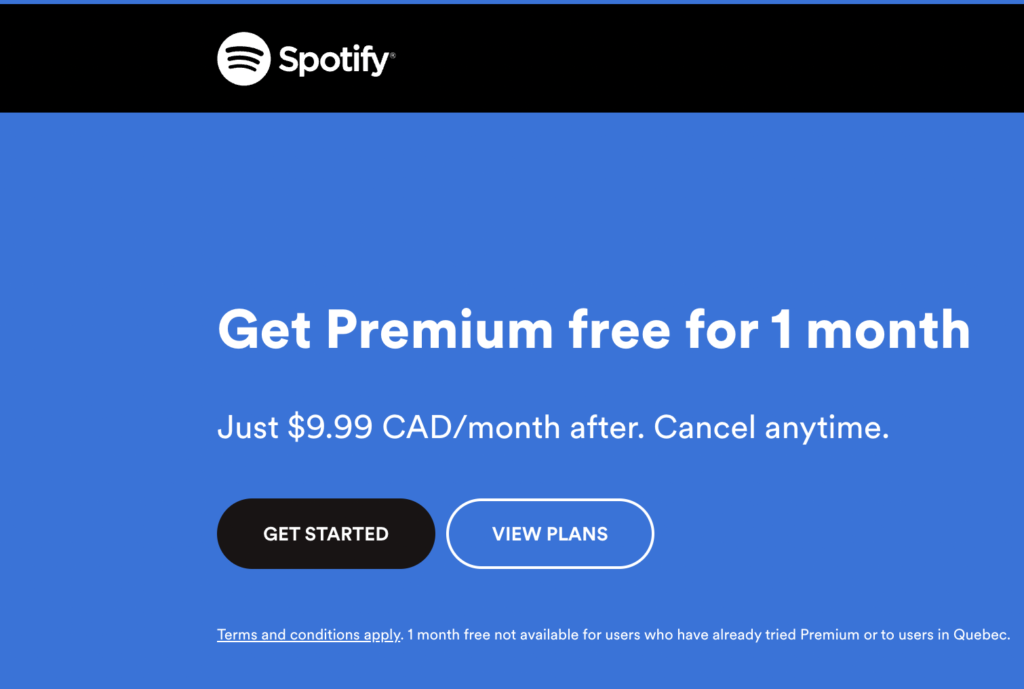
14. Everything needs to be consistent
Everything we have listed for increased sales comes down to being consistent. It’s not engaging with a customer once, it’s not organically upselling once or it’s not offering referrals once.
All of these strategies should be done on a consistent base. Increasing sales doesn’t happen overnight with strategies. The more time spent on these strategies the better results they’ll bring in.
Be patient and continue to do good work while implementing these strategies and you’ll see success.
Key Takeaways
- Always build trust with quality content
- Focus on good leads
- Test when possible for better results
- Customer experience is equally as important to your product
- Utilize many sales options from promotions to referrals
Improving sales strategies for conversion rates
Getting website traffic to convert isn’t the easiest task for businesses. It takes time and effort to develop a sales strategy that leads to higher conversion rates.
There are many ways to increase conversion rates that you can implement with your sales strategies. Focusing on good quality leads is often the simplest strategy you can start using within your business.
Whichever strategy you decided to use trying new methods is a great way to see what’s working and gives you the opportunity to learn more about your audience.
Breadstack can help with adding highly customized shopping experiences for customers. We offer a headless commerce solution that gives you more control.
Do you want to learn more?

